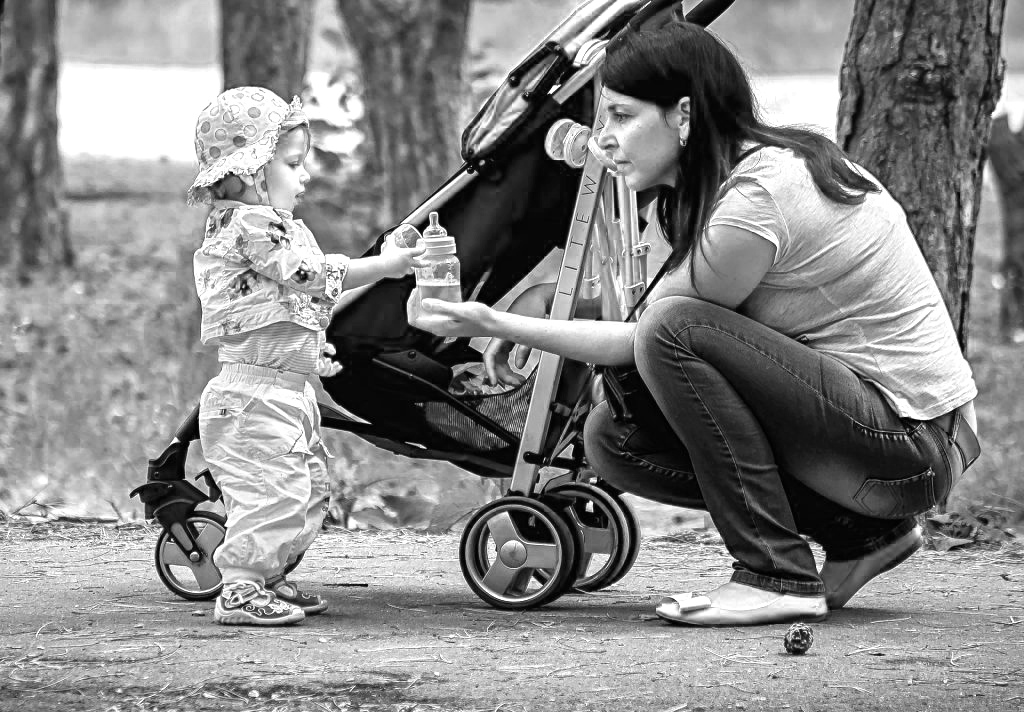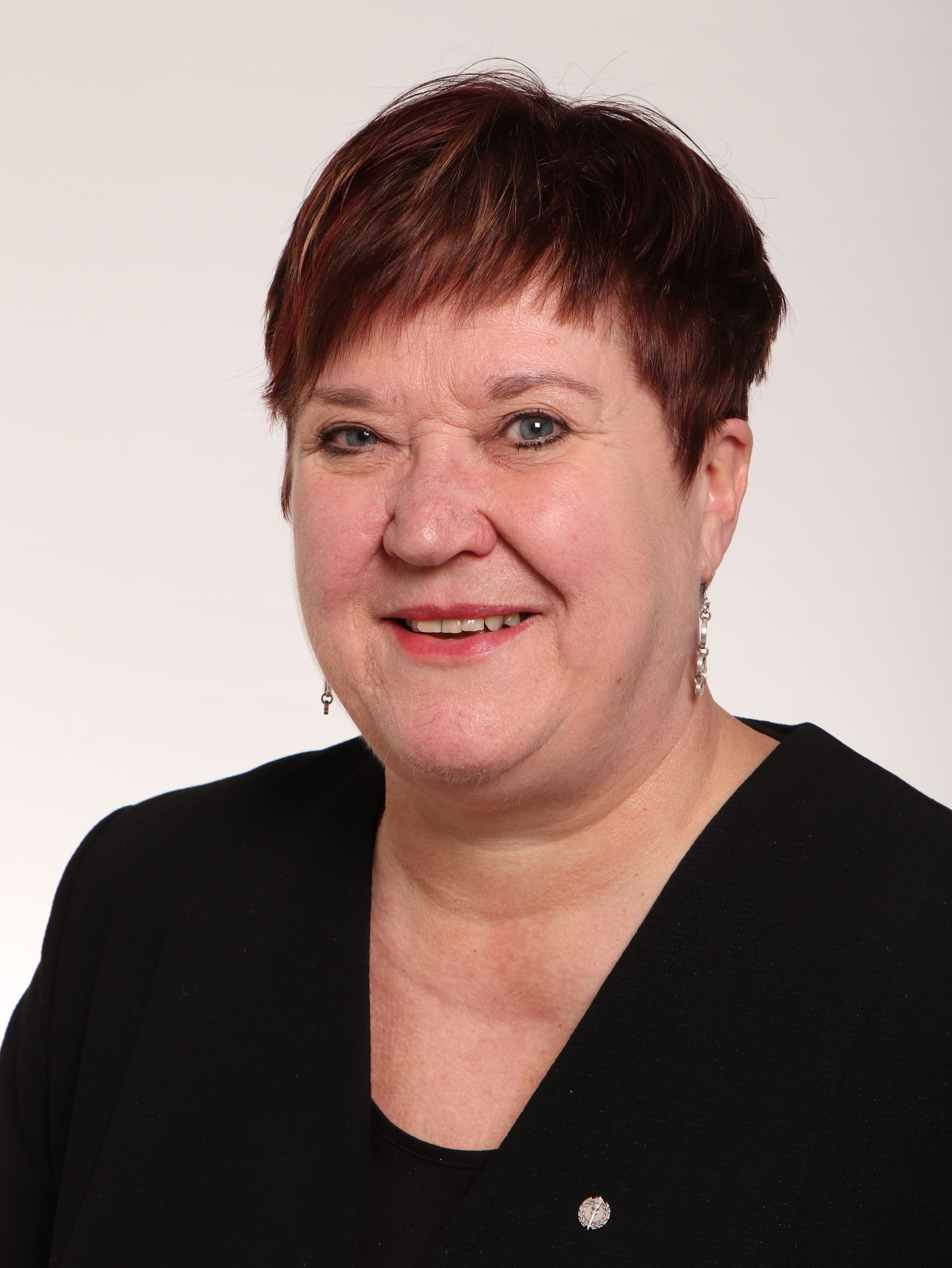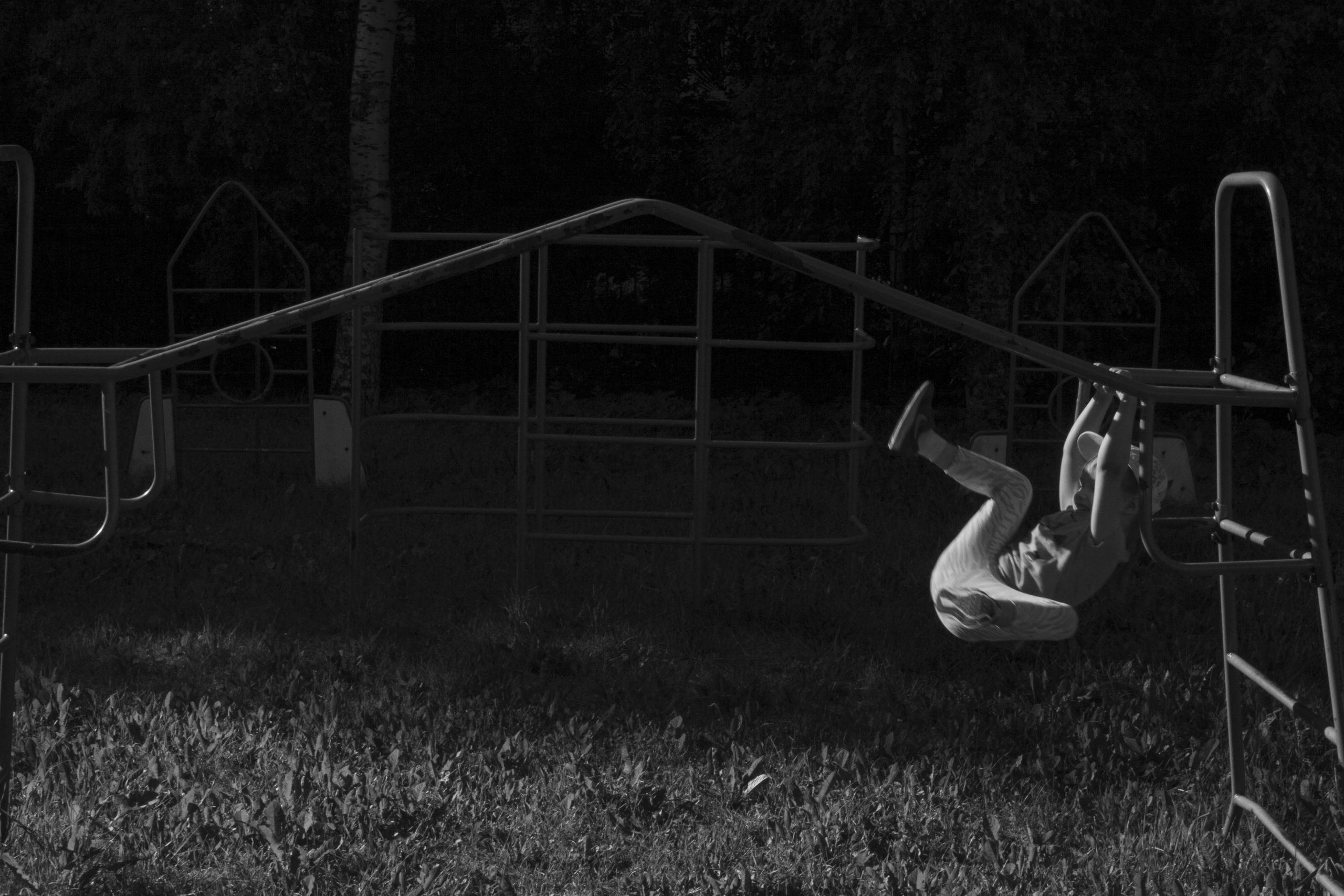We must be able to talk about child maltreatment and the worries, progressions and risks possibly leading to it, without scaring the parents. They need honest and realistic information and its application in their everyday lives.
Child maltreatment is surprisingly common. The pressure of everyday life and the lack of support lead to situation which can escalate into child maltreatment in families. Parents have the right to bring up their worries and receive help. Maltreatment can be prevented by assessing for the risks leading to it before it happens.
Mounting problems can diminish the parents’ energies to care for and raise their children the way they would want. The parents may experience work stress, unemployment, relationship problems, or lack of support from the grandparents. A family may also have previous history with child protection services or the parents may have been maltreated in their own childhood. Previous maltreatment, neglect, fights between the parents and the parents’ mental health problems often precede situations which lead to child maltreatment. Often, the parents’ worries and the risk factors leading to maltreatment are not recognised in time.
Any family can have problems. When the child “makes a fuss” when, for example, it’s time to dress, eat or go to kindergarten, the busy situation may lead to disciplinary violence, which is one form of maltreatment. The parent may push the child, slap them or yell at them. Maltreatment means physical or emotional abuse or the neglect of care. The child witnessing the parents behave violently towards each other can also be maltreatment.
According to our studies (Hentilä et al. 2010) these types of very common everyday life situations that every parent is familiar with, such as getting a small child dressed, fed or to bed, may lead to challenging behavior from the child’s part, which in turn makes the parent frustrated. In these situations the parent may use disciplinary violence, even if they did not mean to do so originally.
Child maltreatment is often thought of as a foreign thing that does not hit close to us, but the situations depicted above prove that is not the truth.
Both national and international studies show that, for example, the accumulation of fights between the parents, inflexible child-rearing practices, anxiety, and loneliness leads to child maltreatment, in forms such as disciplinary violence (Paavilainen & Flinck 2015). In Finland, adults have a critical view of disciplinary violence but according to an investigation by the Central Union for Child Welfare, 41% of parents still use disciplinary violence. According to Statistics Finland, in 2017 around one third of the reported acts of abuse by parents’ towards their children were committed by women. The percentage of acts committed by women was the higher the smaller the children in question were.
Different types of maltreatment, even if they are seen as rather minor, are quite common. Every adult can recognise the potential for it in themselves. Parents may not know what kind of behaviour counts as emotional or mental abuse and how it affects a child. That is why maltreatment and its effects are things that should be discussed with parents so that they can understand their own behaviour and how it affects their children.
The more negative things there are in a child’s life, the higher chance there is for negative progressions and cross-generational displacement. Four factors often predict maltreatment. They are previous abuse or neglect, fights between the parents, and the parents’ mental health problems.
All forms of child maltreatment are harmful to the child both on the short and on the long term. Maltreatment causes a chronic or toxic state of stress in the child’s body. Maltreatment is a part of a larger phenomenon, Adverse Childhood Experiences, which are scientifically referred to as ACE’s. Child maltreatment may cause growth and development issues, illnesses, changes in behavior and even affect brain development and functions. The more negative things there are in a child’s life, the higher chance there is for negative progressions and cross-generational displacement. A systematic review by Hindley et al. (2006) also stated that four factors often predict maltreatment. They are previous abuse or neglect, fights between the parents, and the parents’ mental health problems.
What can be done about child maltreatment?
Parents have the right to bring up their worries and receive help. We have asked parents about their condition with a survey (BriefCAP, Brief Child Abuse Potential, Milner & Crouch 2017) in both child health clinics, hospitals and outpatient clinics. BriefCAP was developed to measure especially the risk for children’s physical maltreatment. We have tested if it could be used effectively also in Finland, and it would seem so (Ellonen et al. 2017, 2019).
One can ask which would be the best way to ask parents these kinds of questions which have a strong background in the science regarding the risks leading to child maltreatment. How effectively the surveys background is explained to the parents in regards to maltreatment and its prevention? The parents have the right to know what kind of factors in a family may lead to the situation getting more difficult for the family and especially the children. Parents have the right to bring up their worries and receive help. Thus it is especially important that the survey is presented as a possible way to bring up the parents’ worries, to talk about them and receive help if needed. We must be able to talk about child maltreatment and the worries, progressions and risks possibly leading to it, without scaring the parents. They need honest and realistic information and its application in their everyday lives.
There has not previously been this kind of an easy form that measures the families’ situations and gives us information about how the parents themselves see their situation. When the parents have answered whether they agree or disagree with the statements on the form, the answers can be used to start a discussion about the topic with the parents in, for example, child health clinics or pediatric hospital department.
Possible maltreatment or risk situations can of course be discussed in other ways as well, but studies have shown that it does not always happen.
Possible maltreatment or risk situations can of course be discussed in other ways as well, but studies have shown that it does not always happen. Parents’ life situation and their worries relating to it are often overlooked in family services (Halme & Perälä 2014, Flinck et al. 2019). The reason may be lack of courage or information on the behalf of the worker, uncertainty or a busy situation. It is important to make central, research-based issues which affect the parents’ wellbeing and their behaviour with their children a systematic part of the discussion. According to our study the adults in a family with children often experience loneliness (20%) and anxiety (20%) or they think a lot about their strict child-rearing methods and inflexibility (21%). worries like this were surprisingly common in our survey and we can assume they have strong effect on the parent’s wellbeing, especially if a parent experiences more than one of them. The parents’ also feel like often the things that are important to them, such as their couple relationships or the practicalities of raising a child are not discussed in the family services (Flinck et al. 2019). Some have also stated that often things like that are only brought up after something serious has already happened (Halme & Perälä 2014).
How could child maltreatment be prevented? To prevent maltreatment, different programs that aim to support the parents and thus help their parenting experience have been developed. However, they have not made much of a difference, especially in regards of preventing maltreatment. Many studies have shown that parents’ worries and the risk factors leading to maltreatment are not recognised in time.
Child maltreatment and its risk factors have been a focus of a tremendous amount of studies in different fields. Yet there has been no significant decrease in child maltreatment. In different countries and cultures maltreatment is defined in different ways and, for example, disciplinary violence is not prohibited even nearly everywhere, despite recommendations by the WHO. Risk assessment for child maltreatment has also been studied a lot. It is known that early reaction to risk factors and the use of different risk assessment practices to assess the family may decrease maltreatment.
When we think about the worries and risk factors that lead to child maltreatment or other types of problems in a family, it is important for the parents to see and recognise what type of behaviour is safe for a child. A realistic parenthood should be promoted, which helps to reach a balance and a good enough parenthood. Those parents who are especially careful not to ever disappoint their children and who make life as easy as possible for their children at their own expense are another group who need realism. Realism and honesty are important in the search of a balance: worries must be brought up and “the cat be put on the table”. Parents need to talk about their worries because they will not just go away on their own, especially if the parent is exhausted. This requires the professionals who work with families and children the sensitivity and skill to start a discussion about the worries and listen to the parents, to start a dialogue. This is not obvious or easy for all workers. The education of professionals must be developed so that a dialogue between a worker and their client becomes a natural way of discussion. It has been shown that updating education has encouraged professional to recognise and start a conversation about risk factors in families and the possibility of maltreatment.
It has been shown that continuing education has encouraged professional to recognise and start a conversation about risk factors in families and the possibility of maltreatment.
In the ERICA-project, which started in the late 2019 and runs until 2021, Eija Paavilainen’s group creates an education program focusing on child maltreatment and recognising the risks leading to it. A new, easy-to-use mobile app that measures the parent’s wellbeing and situation based on current scientific evidence is also created during the project.
The app helps parents to recognise their own wellbeing, behaviour and the possible challenges in their life in regards to their child. The aim is that they could also talk about these topics in child health clinics and other family services that they use. Both the parents and professionals can use the app. Both the education program and the app will be tested and reviewed thoroughly. The education program and the app, both based on extensive interdisciplinary scientific research, will be translated to all the languages used in the project. They will be tested in organisations providing health services and other family services. After that, the education program and the app will be finished and they will become available to everyone.
Translation by Heli Luosujärvi. The translator is a Master’s-level student of Multilingual Communication and Translation Studies at Tampere University. The translation was produced as part of a project course in English Translation. The article was originally published in Finnish in January 2020.
References:
Bailhache M, Leroy V, Pillet P, Salmi LR. Is early detection of abused children possible? A systematic review of the diagnosctic accuracy of the identification of abused children. BMC Pediatrics 2013; 13.
Ellonen N, Lepistö S, Helminen M, Paavilainen E. Cross-cultural validation of the Child Abuse Potential Inventory in Finland: Preliminary findings of the study among parents expecting a baby. Journal of Social Services Research 2017: 43(3): 308-318.
Ellonen N, Rantanen H, Lepistö S, Helminen M, Paavilainen E. The use of the Brief Child Abuse Potential Inventory in the general population in Finland. Scandinavian Journal of Primary Health Care, 2019.
Flinck A, Rantanen H, Paavilainen E. Äitien kokemuksia neuvolapalveluista ja neuvolan kyselylomakkeista. Analyysi äitien kirjoituksista sosiaalisessa mediassa. Yhteiskuntapolitiikka 2019; 84: 322-331.
Halme N, Perälä M-L. Lapsiperheiden huolet ja avunsaanti. Teoksessa: Lammi-Taskula J & Karvonen S (toim.): Lapsiperheiden hyvinvointi 2014. Terveyden ja hyvinvoinnin laitoksen julkaisuja.
Hentilä S, Ellonen N, Paavilainen E, Kääriäinen J, Koivula T. Pieniin lapsiin kohdistvan kaltoinkohtelun tilanteet vanhempien kuvaamana. Janus 2010: 18(3); 260-276.
Hindley N, Ramchandani PG, Jones DPH. Risk factors for recurrence of maltreatment: A systematic review. Archives of Disesase in Childhood 2006; 91: 744-752.
Hughes K, Bellis M, Hardcastle K, Sethi D, Butchart A, Mikton C, Jones L, Dunne M. The effect of multiple adverse childhood experiences on health: A systematic review and meta-analysis. Lancet Public Health 2017;2: e356-66
Lepistö S, Ellonen N, Helminen M, Paavilainen E. Lapsiin kohdistuvan väkivallan arvioiminen. Yhteiskuntapolitiikka 2017; 82: 212-221.
Milner J, Courch J. 2017. Child physical abuse risk assessment: Parent and family evaluations. Chapter 3 in ebook by Campbell J & Messing T. Assessing dangerousness, 3rd edition, pp. 35-47.
Paavilainen E, Flinck A. 2015. Lasten kaltoinkohtelun tunnistamisen tehokkaat menetelmät sosiaali- ja terveydenhuollossa. Hoitosuositus. Hoitotyön tutkimussäätiö.
WHO, INSPIRE: Seven strategies for Ending Violence Against Children.







